Why Choose Us as Your Self Service Kiosk Manufacturer
When selecting us as your self service kiosk manufacturer, you benefit from our commitment to excellence in customization, technology support, and after-sales service. We understand that every business is unique, which is why we offer extensive customization options. Whether you require specific branding, interface design, or hardware configurations, we tailor our kiosks to meet your exact needs.
Our dedicated team provides comprehensive technology support throughout the entire lifecycle of your kiosks. From initial deployment to ongoing maintenance and updates, we ensure seamless integration and optimal performance. Count on us for responsive technical assistance and troubleshooting whenever you need it.
Moreover, our commitment extends beyond delivery. We prioritize after-sales service to guarantee your kiosks operate at peak efficiency long after installation. With proactive maintenance programs and prompt customer support, we ensure minimal downtime and maximum satisfaction.
Choose us as your self service kiosk manufacturer for unparalleled customization, robust technology support, and reliable after-sales service that exceeds expectations.
How to Buy a Self-Service Kiosk Step by Step
1.Identify Your Needs: Determine the specific purposes and functions you need the kiosk to fulfill. Consider the environment in which the kiosk will be used (e.g., indoor, outdoor).
2.Research Suppliers: Look for reputable suppliers and manufacturers with experience in your industry. Compare product features, customization options, and customer reviews.
3.Request Proposals and Quotes: Contact potential suppliers to request detailed proposals and price quotes. Ensure the proposals include customization options, technology support, and after-sales service.
4.Evaluate Proposals: Compare the proposals based on cost, features, customization capabilities, and support services. Consider the total cost of ownership, including initial investment, maintenance, and potential ROI.
5.Check References and Reviews: Ask suppliers for references from previous customers. Read online reviews and testimonials to gauge customer satisfaction and reliability.
6.Design and Customization: Work with the chosen supplier to customize the kiosk design, interface, and functionalities to match your brand and operational requirements.
7.Technical Specifications and Integration: Ensure the kiosk's technical specifications meet your needs. Discuss integration with your existing systems and software.
8.Place the Order: Finalize the order with the selected supplier, confirming all customization details and delivery timelines. Arrange for payment terms as per the agreement.
9.Installation and Testing: Coordinate with the supplier for the installation of the kiosks at your location. Conduct thorough testing to ensure all functionalities are working correctly.
10.Training and Support: Provide training for your staff on how to operate and manage the kiosks. Establish a support plan with the supplier for ongoing maintenance and technical assistance.
11.Monitor and Optimize: Regularly monitor the performance and usage of the kiosks. Collect feedback from users to identify areas for improvement and optimization.
By following these steps, you can ensure that the self-service kiosks you purchase effectively meet your business needs and enhance customer satisfaction.

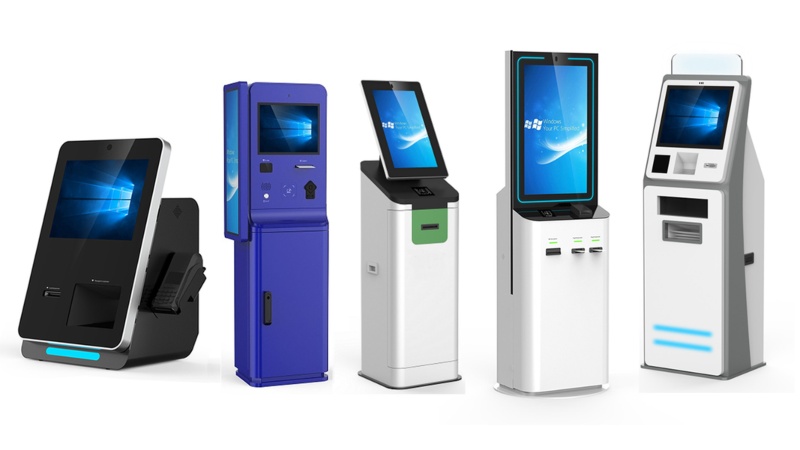
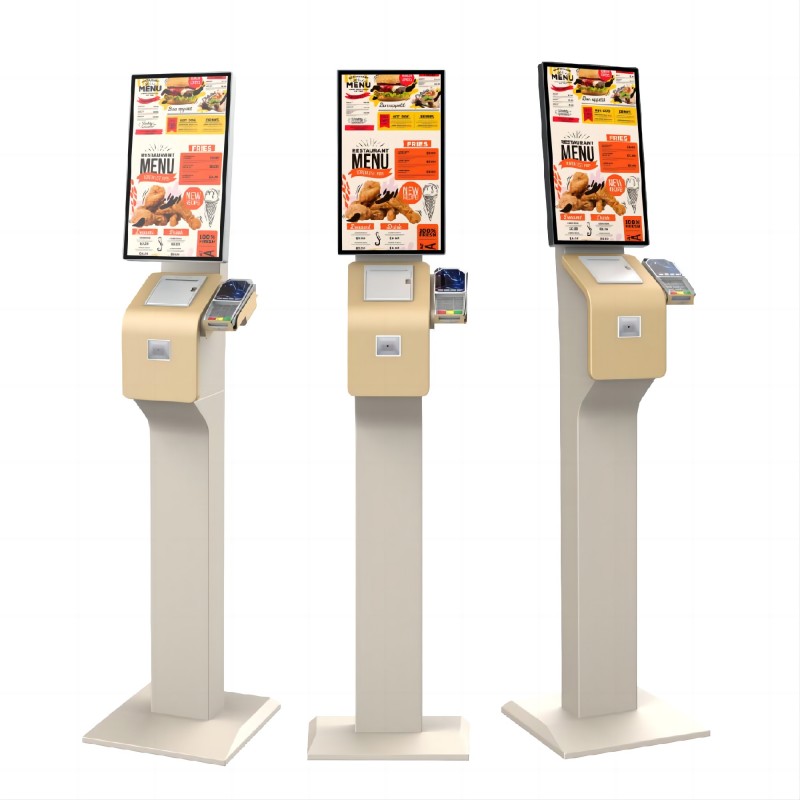

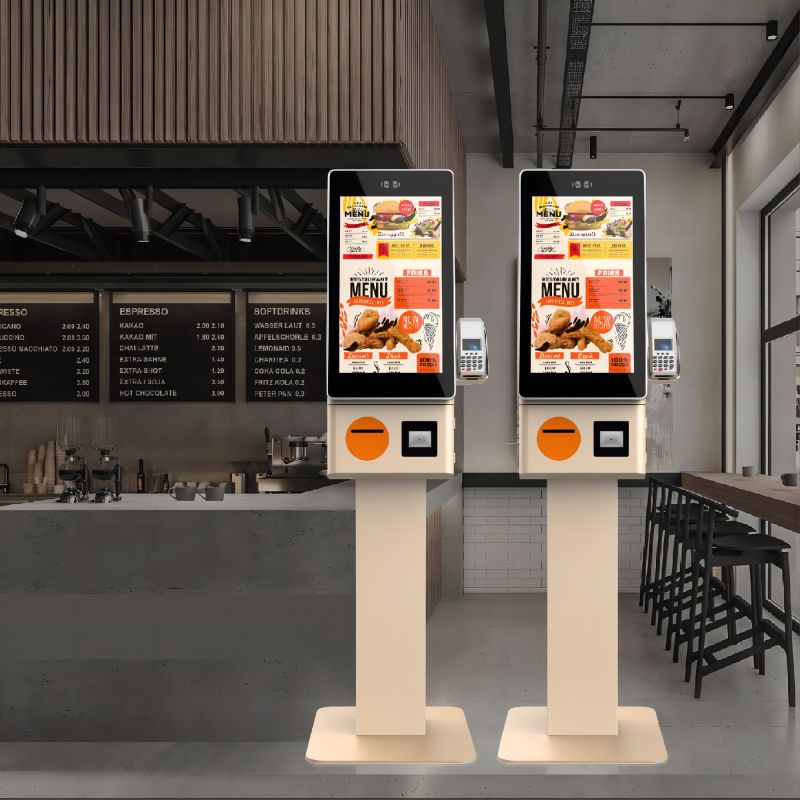
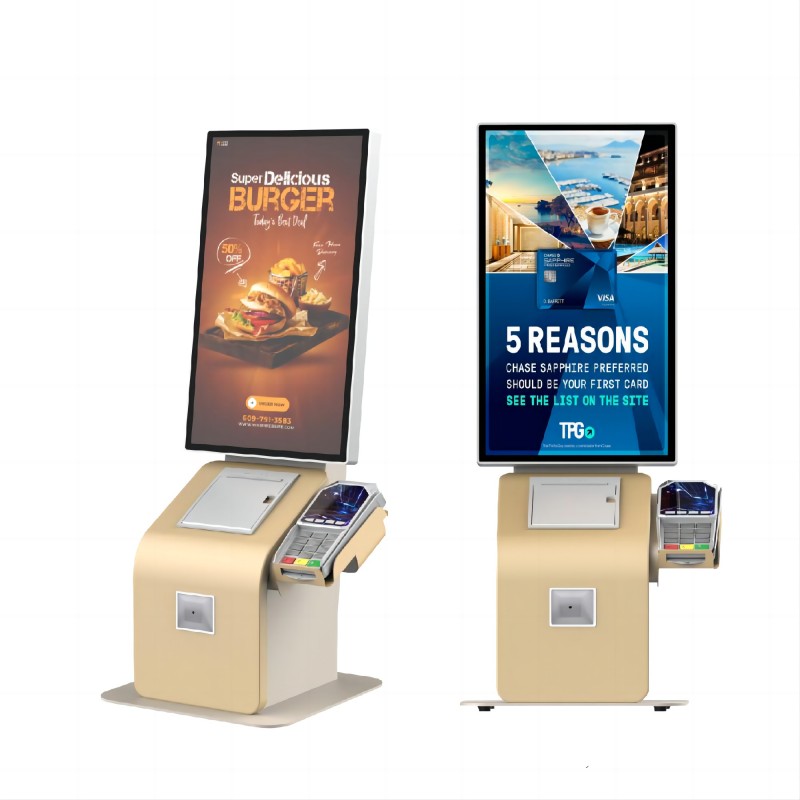
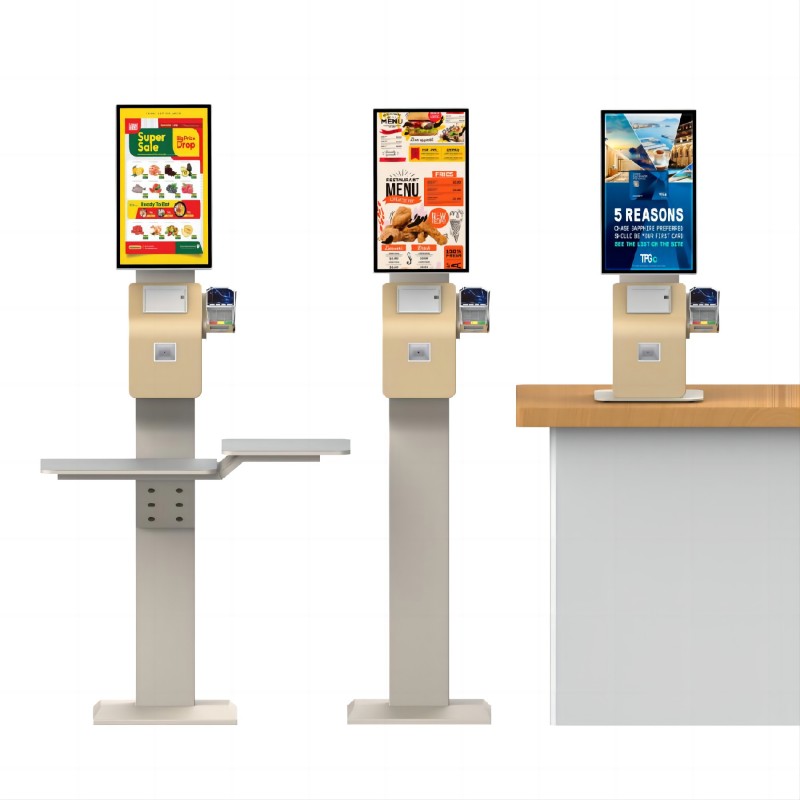

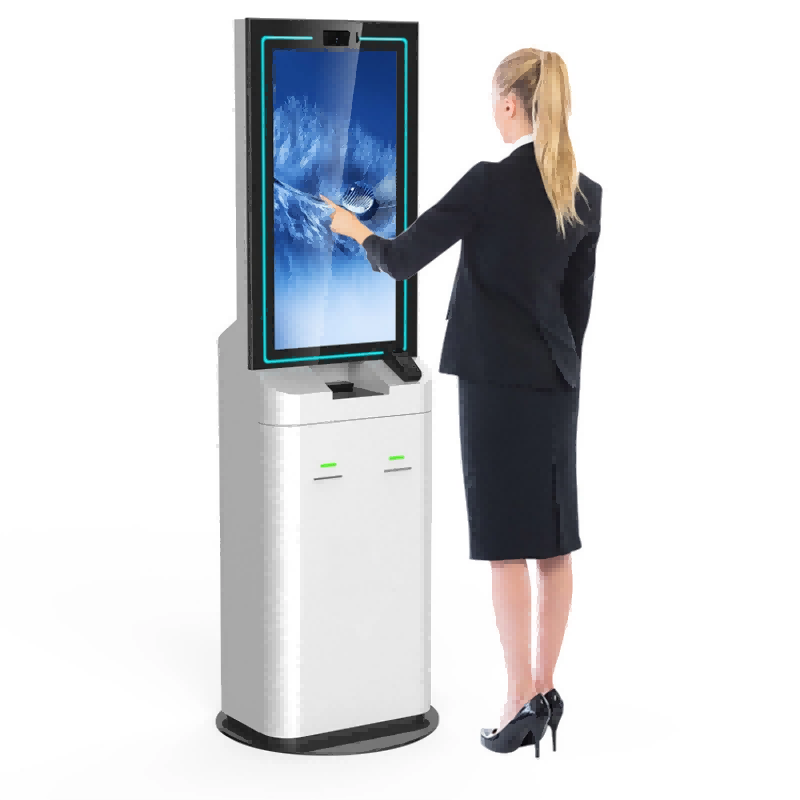
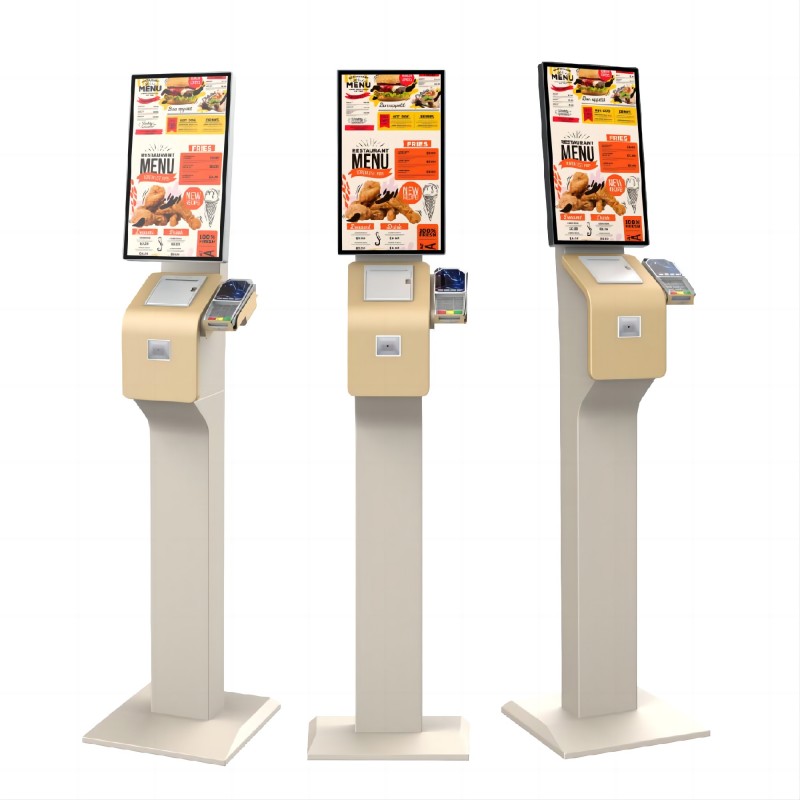

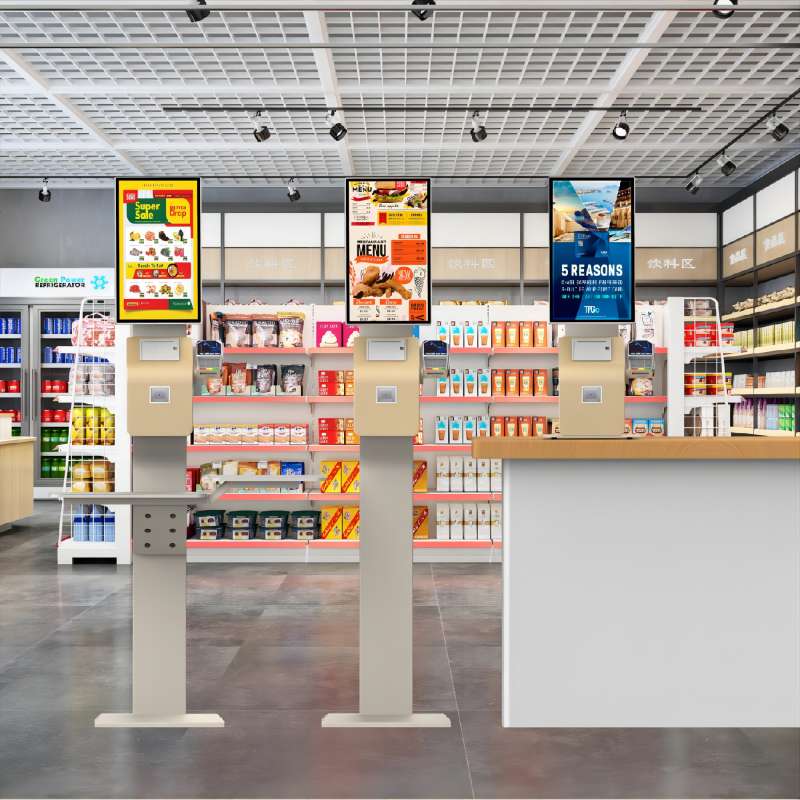
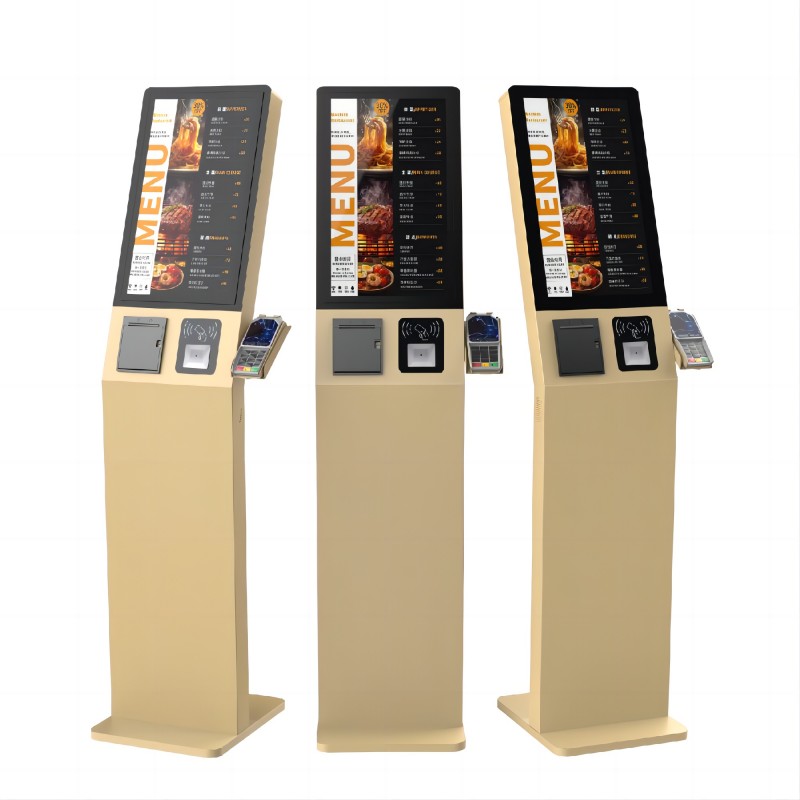
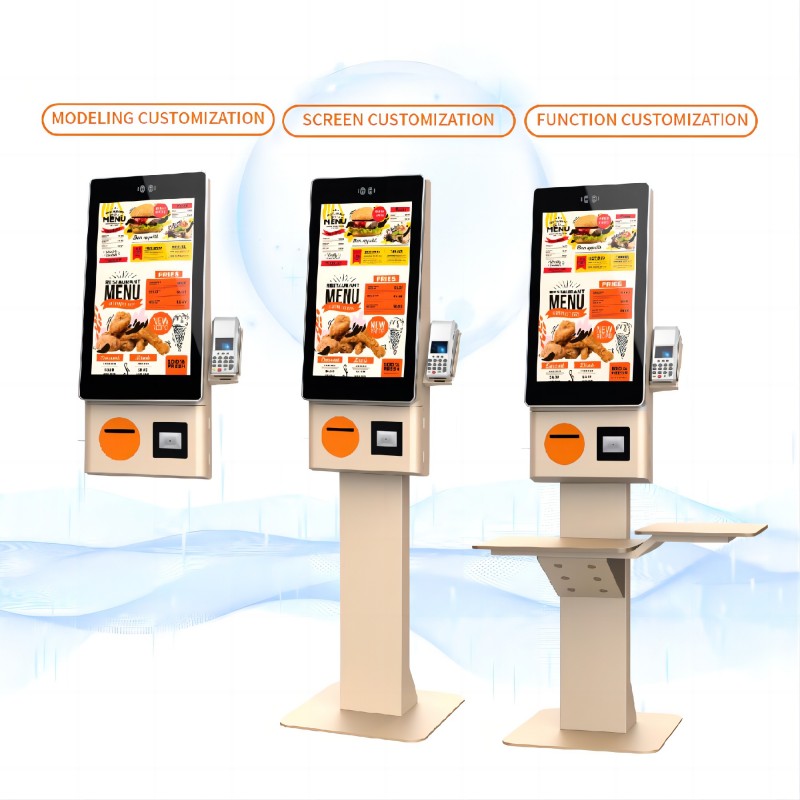
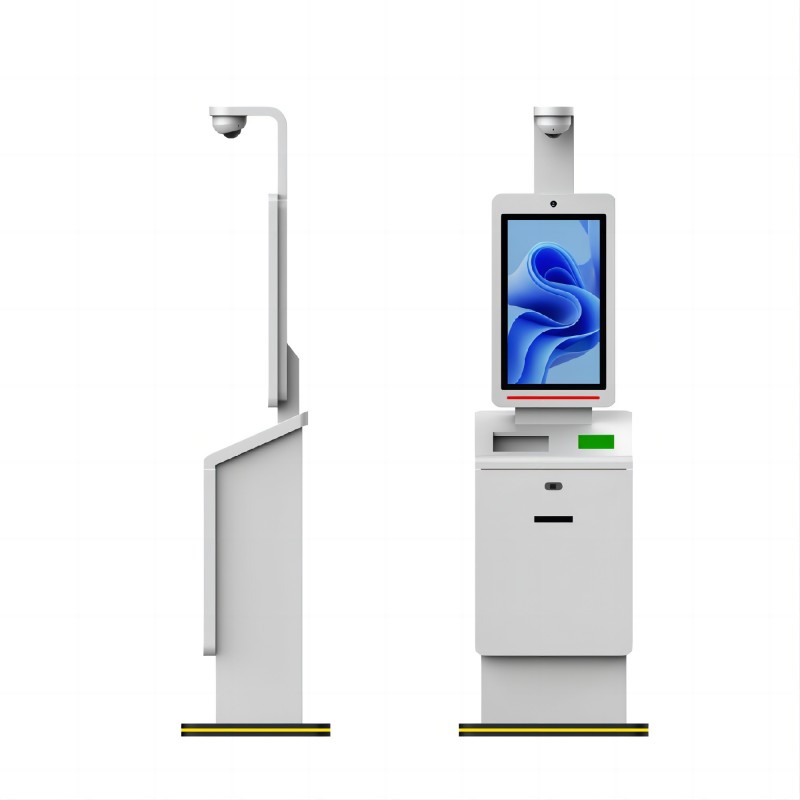
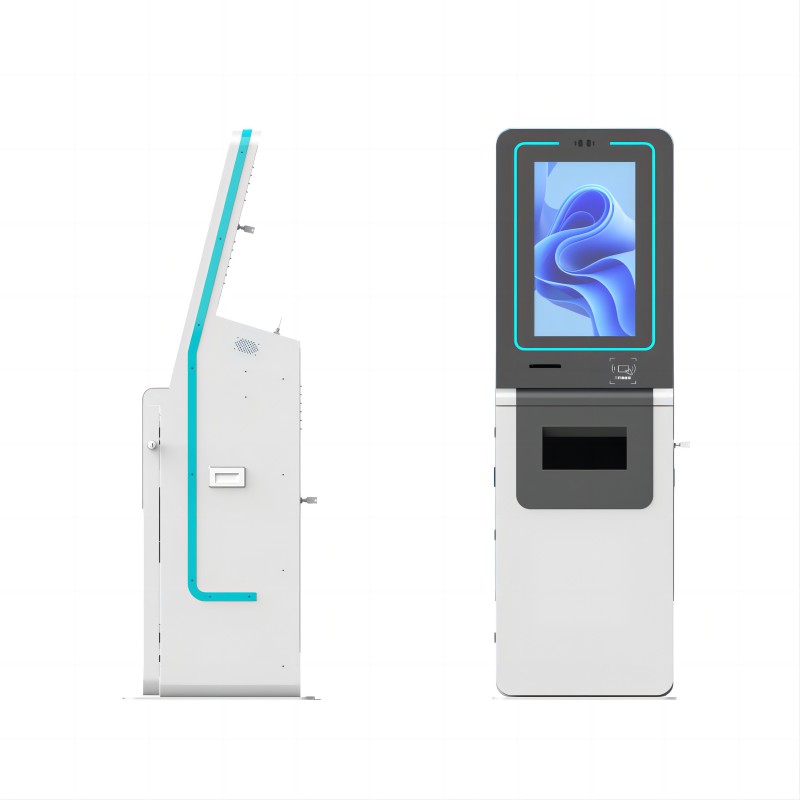
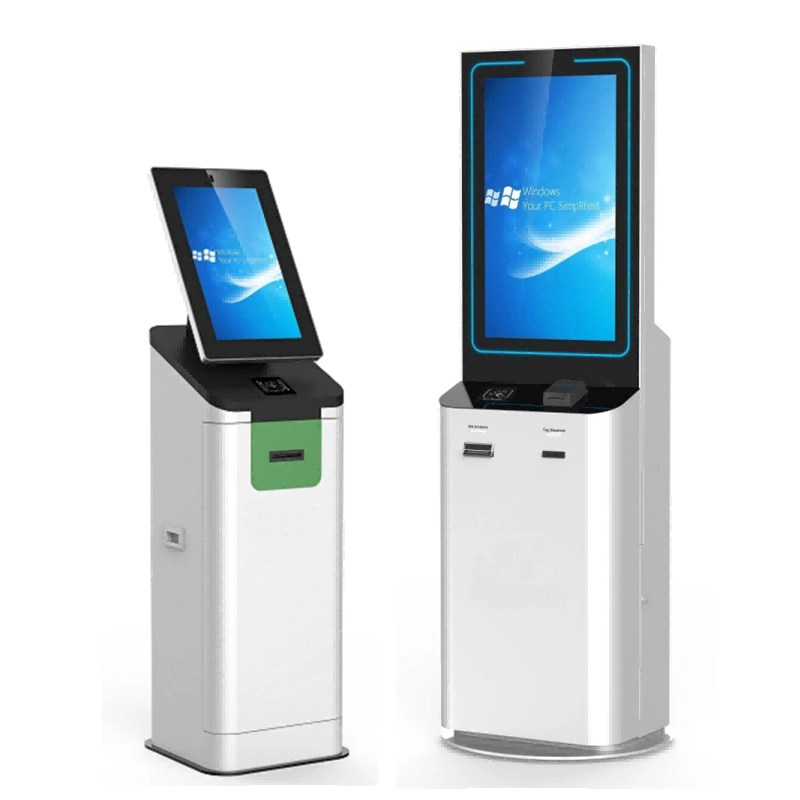
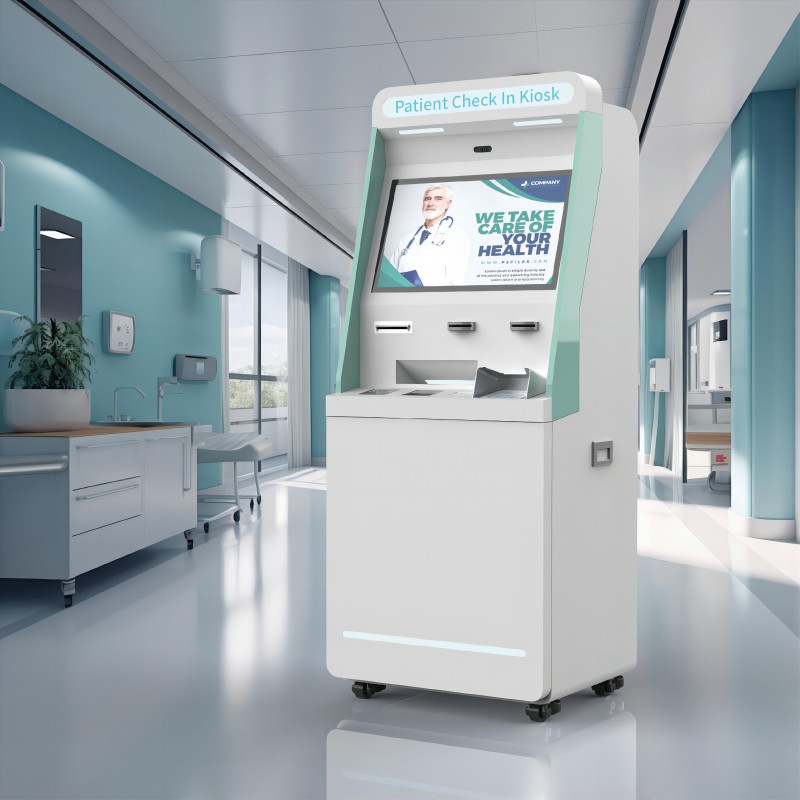
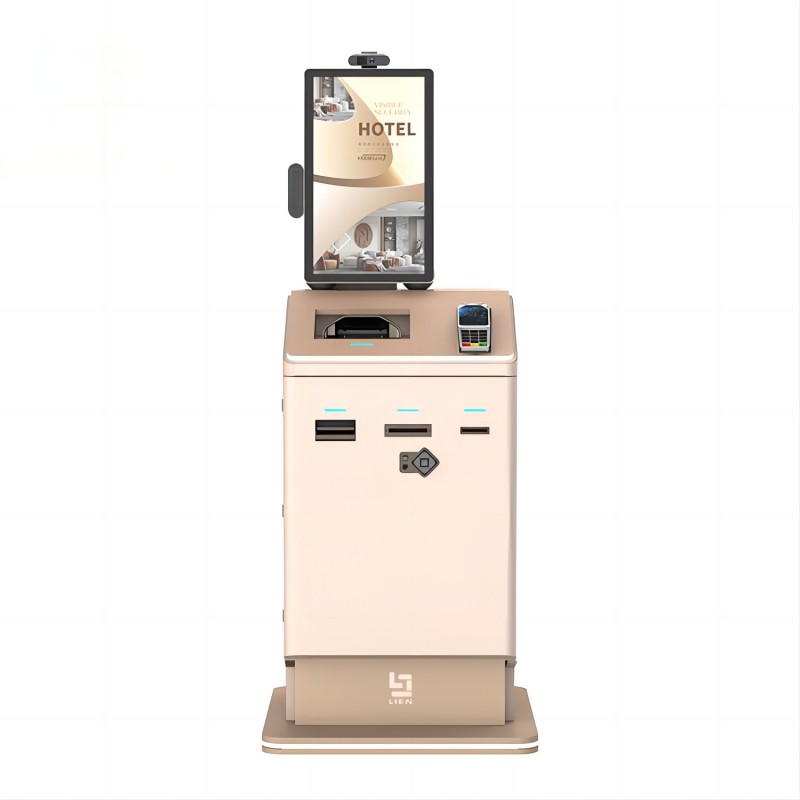
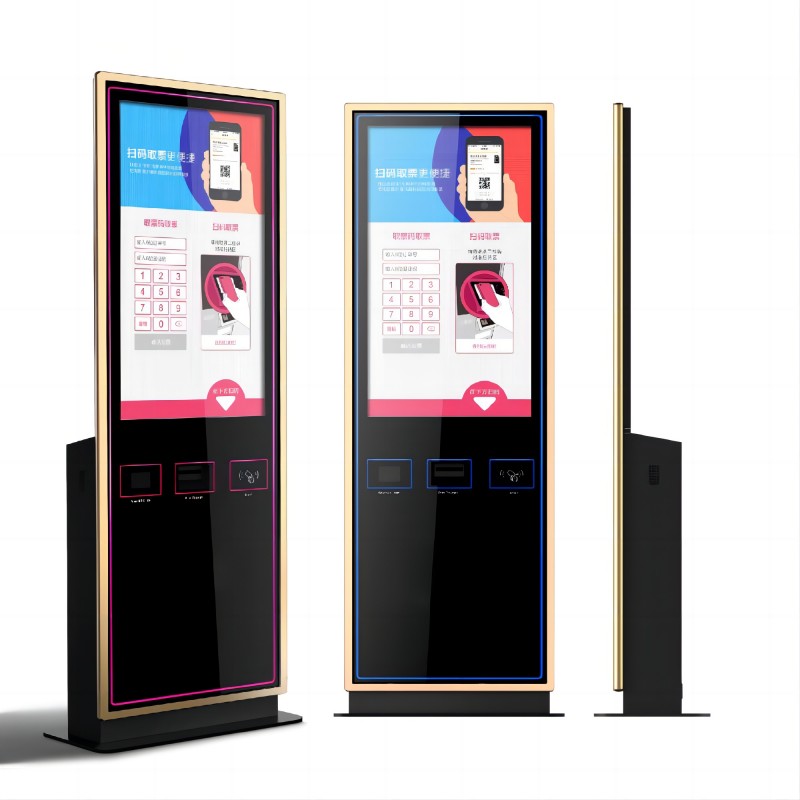
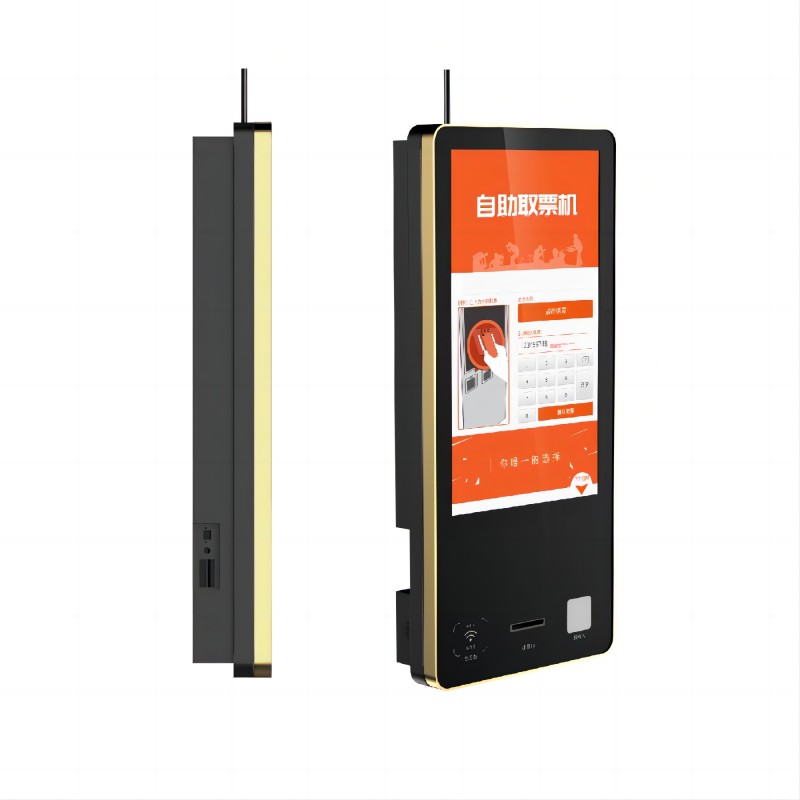
What did our happy clients say?
Tailored Customization Reflecting Our Brand Image: We are highly impressed with the customized self service kiosk from your team. They accurately captured the essence of our brand, from the sleek design to the user interface, every detail resonates with our personality and professional image.
Advanced Technology Support Ensuring Seamless Operations: Your self-service kiosk not only boast powerful functionalities but also unparalleled technical support. We've consistently relied on a reliable tech team to promptly address any issues, ensuring uninterrupted operations for our business.
Exceptional After-Sales Service Providing Peace of Mind: We are very satisfied with your after-sales service. Your team has been consistently helpful, responsive, and quick to resolve any concerns. It's reassuring to know we can count on your support team no matter what arises.
Enhanced Customer Experience Garnering Universal Acclaim: Your self service kiosk have significantly enhanced our customer experience. Customers rave about the speed and convenience, which has not only boosted our sales but also reinforced their loyalty.